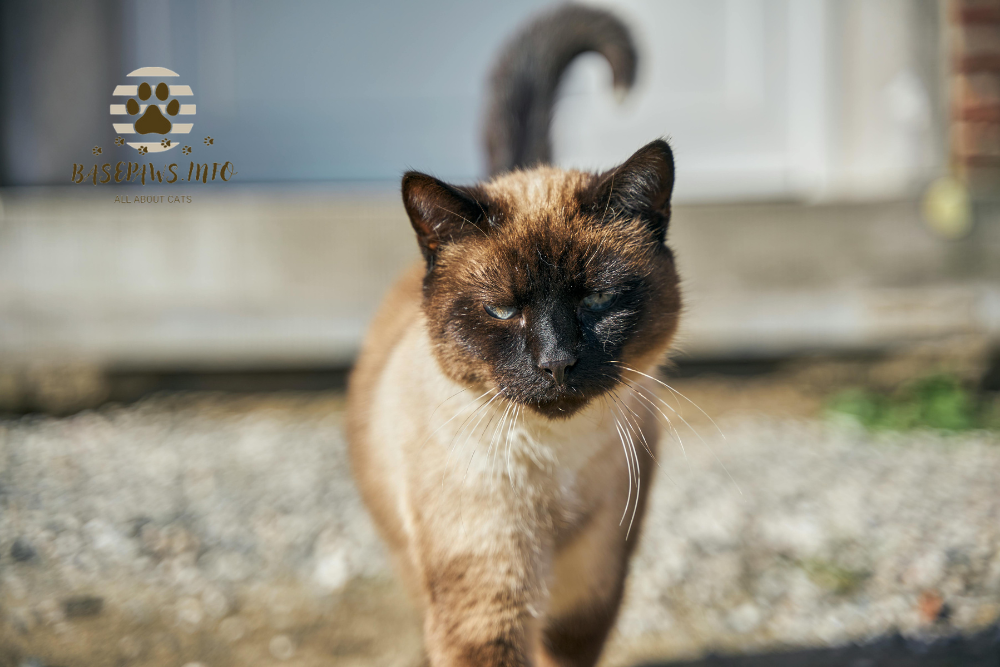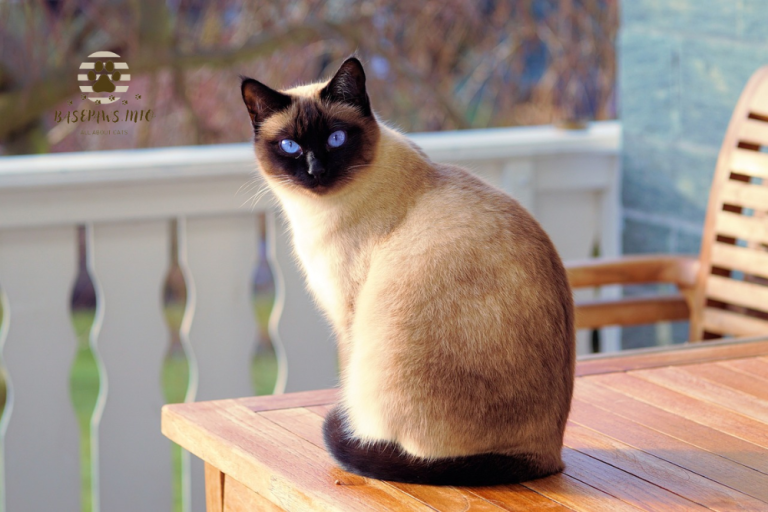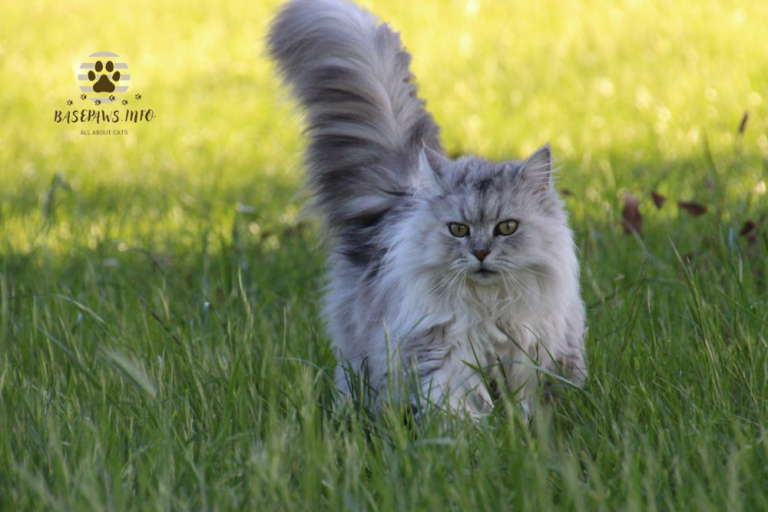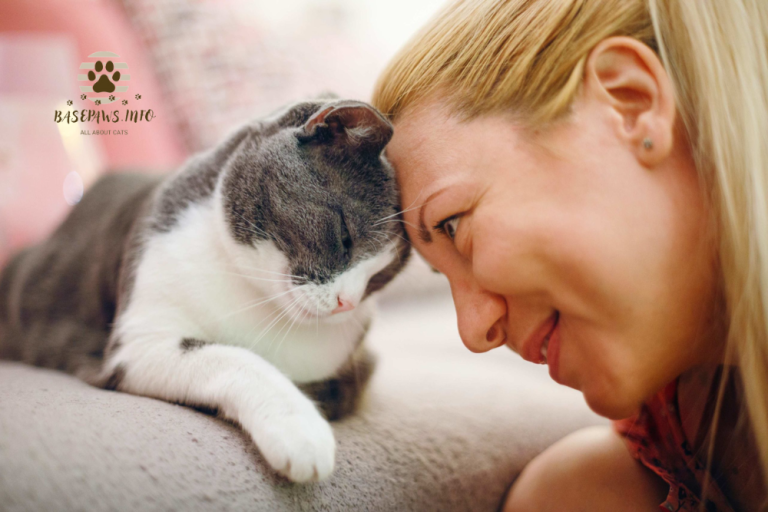Cat Chattering: An Insight into What It Is and Why It Happens
Many cat owners often wonder about their furry friends’ unique behaviors, especially when it comes to chattering. If you’ve ever heard your cat making strange sounds while staring out the window or at you, you might be puzzled. Is it excitement? Is something wrong? Understanding cat chattering is essential for every cat owner, as it can reveal much about their emotional state and instincts.
Cat chattering can stem from a variety of reasons, including excitement, frustration, or even predatory instincts. However, it can also lead to confusion if you don’t know what these sounds mean. Fortunately, by understanding why cats chatter and how to address it, you can improve your relationship with your feline companion and provide them with the enrichment they need to thrive.
In this article, we’ll explore the fascinating world of cat chattering. You’ll learn about its causes, meanings, and ways to manage this behavior. With the right insights, you can ensure that your cat feels understood and supported in their environment.
Introduction to Cat Chattering
Overview of Cat Vocalizations
Cats are unique creatures with a variety of vocalizations that communicate their feelings and needs. One particularly intriguing sound is cat chattering. This sound can often leave owners scratching their heads, wondering what their cats are trying to say. By learning about these vocalizations, you can better understand your feline companion’s emotional state and ensure they are happy and healthy.
What is Cat Chattering?
Cat chattering typically occurs when a cat is observing potential prey, such as birds or small animals. It sounds like a series of quick, repetitive sounds, often resembling a mix between a chirp and a growl. This behavior is not merely noise; it reflects a cat’s instinctual drive to hunt and capture its prey. Understanding this behavior can help you address your cat’s needs for stimulation and engagement.
What is Feline Teeth Chattering?
In some cases, cats may also exhibit feline teeth chattering, where they rapidly move their jaws in a chattering motion. This behavior can be a sign of excitement, frustration, or even a response to seeing potential prey just out of reach. Recognizing these signs will not only help you understand your cat’s motivations but will also aid in addressing any potential concerns related to their behavior.
Understanding Cat Chattering
Chattering vs. Chirping vs. Purring
Cats vocalize in different ways, including chattering, chirping, and purring. Here’s a quick overview:
- Chattering: Rapid jaw movements often linked to predatory instincts.
- Chirping: A softer sound made during play or when greeting.
- Purring: A calming sound that indicates contentment.
Physical Characteristics of Chattering
When cats chatter, you’ll often notice certain physical characteristics:
- Jaw Movement: Rapid and rhythmic.
- Eye Focus: Intense concentration on a target.
- Body Language: Ears perked and body tense.
Common Behaviors During Chattering
Common behaviors accompanying chattering include:
- Pacing: Moving back and forth while observing prey.
- Tail Flicking: Indicating heightened excitement or frustration.
Causes of Cat Chattering
Excitement and Frustration
Cats often chatter out of excitement when they spot birds or squirrels outside. This excitement can quickly turn to frustration if they realize they can’t reach their target.
Prey Mimicry and Hunting Strategy
Chattering may also be part of a hunting strategy. Cats mimic the sounds of their prey, which can confuse potential targets and increase their chances of a successful catch.
Chattering as a Predator
As natural predators, cats are instinctively wired to chatter when they see something they want to catch. This behavior reflects their deep-rooted hunting instincts.
Chattering Due to Pain
In some instances, chattering can indicate discomfort or pain. If your cat seems distressed or is chattering frequently, it’s important to consult a vet.
What Does Cat Chattering Mean?
Cat Chattering at Birds
When cats chatter at birds, they express their frustration and excitement at seeing potential prey. This behavior is typical for indoor cats who can’t go outside.
Cat Chattering at Humans
Cats may also chatter at their owners. This can be a form of communication, often indicating a desire for attention or play.
Cat Chattering at Other Cats
When chattering at other cats, your feline may be expressing dominance or excitement during play.
Chattering While Sleeping
Sometimes, you might hear your cat chattering in their sleep. This is usually harmless and may reflect their dreams or hunting instincts.
Chattering Noise and its Meanings
Understanding the different chattering noises can give insight into your cat’s emotional state. For example, a high-pitched chatter might indicate excitement, while a lower pitch could signal frustration.
Signs of Chattering in Cats
- Rapid Jaw Movements: Cats may display quick, repetitive jaw movements while chattering, mimicking the act of catching prey.
- Vocalizations: The distinct chattering noise can be heard as a series of short, high-pitched sounds that differ from purring or meowing.
- Focused Staring: Chattering often occurs when a cat is fixated on something, such as birds or small animals outside, indicating their predatory instincts.
- Ears and Body Position: The cat’s ears may be perked up, and their body may lean forward, suggesting heightened excitement or frustration.
- Paw Movement: Some cats might accompany their chattering with paw movements, such as kneading or tapping, as if preparing to pounce.
- Frustration Signals: Signs of frustration, such as pacing or restlessness, may be present if the cat is unable to reach or interact with the object of their focus.
- Altered Behavior: If chattering becomes excessive or is coupled with changes in behavior, such as increased aggression or withdrawal, it could indicate a need for further investigation.
Recognizing these signs can help cat owners understand their pet’s behavior and determine if any action is necessary.
When to Worry About Cat Chattering
Should You Be Concerned?
Cat chattering is typically a normal behavior linked to excitement or frustration, especially when observing birds or other potential prey. However, there are times when this behavior can become excessive, leading to concern. If your cat starts chattering more frequently than usual or appears to be agitated or distressed, it may signal that something is off. Additionally, if the chattering is intense and occurs alongside unusual behaviors, such as hiding, aggression, or lack of interest in play, it might be time to take a closer look at your cat’s well-being.
When to Consult a Vet
Consulting a veterinarian is essential if your cat’s chattering seems abnormal or is accompanied by other worrisome signs. For example, if your cat exhibits:
- Changes in appetite: Eating less or refusing food altogether.
- Physical symptoms: Such as drooling, difficulty chewing, or signs of pain when opening their mouth.
- Behavioral changes: Increased hiding, vocalizations, or aggression toward people or other pets.
These signs could indicate underlying health issues, such as dental problems, anxiety, or other medical conditions. A veterinarian can provide a thorough examination and help identify any potential health concerns. Early intervention is crucial, as it can lead to better outcomes for your furry friend. Remember, being proactive about your cat’s health is key to ensuring they remain happy and healthy!
Next Steps for Cat Owners
| Next Steps | Description | Benefits |
| 1. Provide Enrichment | Create a stimulating environment with various toys, scratching posts, and interactive games to keep your cat mentally and physically engaged. | Keeps your cat entertained, reduces boredom, and minimizes unwanted behaviors by providing appropriate outlets for energy. |
| 2. Encourage Natural Hunting Instincts | Use toys that mimic prey, such as feather wands or laser pointers. Allow your cat to “catch” the toy occasionally to satisfy their hunting instincts. | Fulfills your cat’s natural instincts, provides physical exercise, and can reduce frustration related to chattering when they can express their predatory behavior. |
| 3. Monitor Chattering Behavior | Observe your cat’s chattering to identify specific triggers, such as sights, sounds, or other stimuli. Keep a journal of their chattering incidents. | Understanding patterns helps identify what excites or frustrates your cat, allowing for better management of their environment. |
| 4. Create Visual Barriers | If your cat chats at birds or outdoor creatures, consider using window films or blinds to reduce visual stimulation while still allowing natural light in. | Reduces external stimuli that may cause frustration, helping to decrease chattering and other related behaviors, while maintaining a bright home environment. |
| 5. Engage in Playtime | Dedicate at least 15-30 minutes each day to interactive play. Rotate different types of toys to keep your cat engaged. | Strengthens your bond with your cat, promotes physical fitness, and satisfies their predatory instincts, leading to a happier, healthier cat. |
| 6. Consult a Veterinarian | If chattering seems excessive, persistent, or is accompanied by other unusual behaviors (like aggression or lethargy), consult your veterinarian for advice. | Professional guidance can rule out underlying health issues, ensuring your cat’s well-being and giving you peace of mind. |
| 7. Educate Yourself | Read books, attend seminars, or join online forums focused on cat behavior and vocalizations to enhance your understanding of your cat’s needs. | Informed cat owners can provide better care, improve their cat’s environment, and effectively address behavioral issues. |
| 8. Be Patient and Observant | Recognize that every cat is unique. Take your time to understand their specific quirks and behaviors, and be patient as you learn what works best for them. | Building a strong relationship based on trust and understanding can lead to a more harmonious home and a happier cat. |
| 9. Implement Training Techniques | Consider using clicker training or positive reinforcement to reward desired behaviors, which can help redirect unwanted chattering. | Encourages your cat to learn new behaviors, strengthens your bond, and helps reduce frustration-related vocalizations. |
| 10. Create a Safe Outdoor Experience | If feasible, consider supervised outdoor time using a harness or a secure catio (cat patio) to let your cat experience nature safely. | Allows your cat to explore and satisfy their curiosity while keeping them safe, reducing the urge to chatter at outdoor wildlife. |
Do all cats chatter?
Not all cats chatter, as vocalization varies among individual cats based on personality, breed, and environment. While many cats exhibit this behavior as part of their natural hunting instincts, some may express their predatory nature differently or may be less vocal altogether. Factors such as age, experience, and socialization can influence whether a cat engages in chattering.
Why do cats chatter at laser pointers?
When cats chatter at laser pointers, they are responding to the moving light as if it were prey. This behavior triggers their natural hunting instincts, causing excitement and engagement as they stalk and pounce on the elusive dot. However, since the light is unattainable, this can also lead to frustration, which is why some cats may exhibit chattering as they try to catch the elusive target.
Why do cats chatter when I sneeze?
Some cats may chatter when they hear sudden sounds like a sneeze due to their natural alertness and curiosity. This response can indicate that the cat is reacting to an unexpected stimulus, and it may be an instinctual behavior rooted in their predatory nature. The sound could also be interpreted as an invitation to interact or engage, showing that the cat is attentive and aware of its environment.







